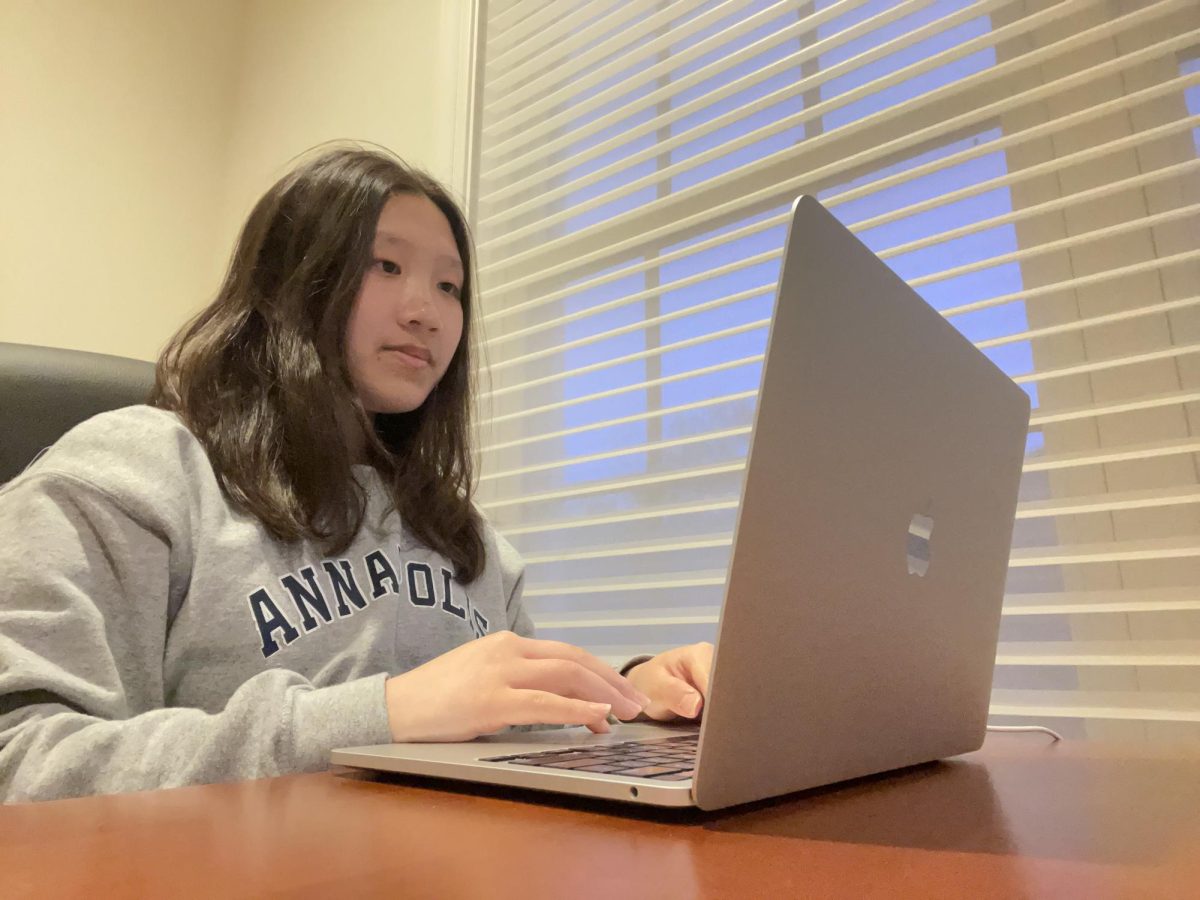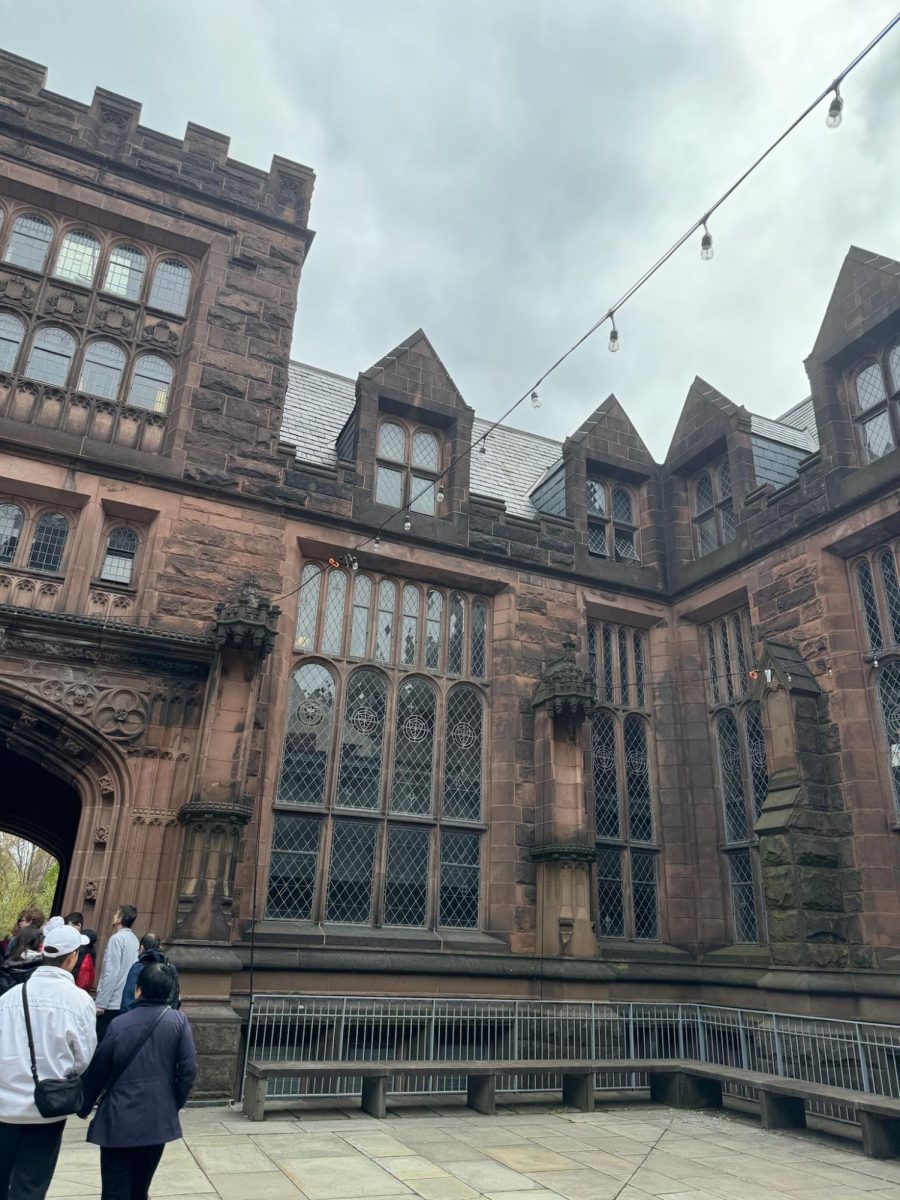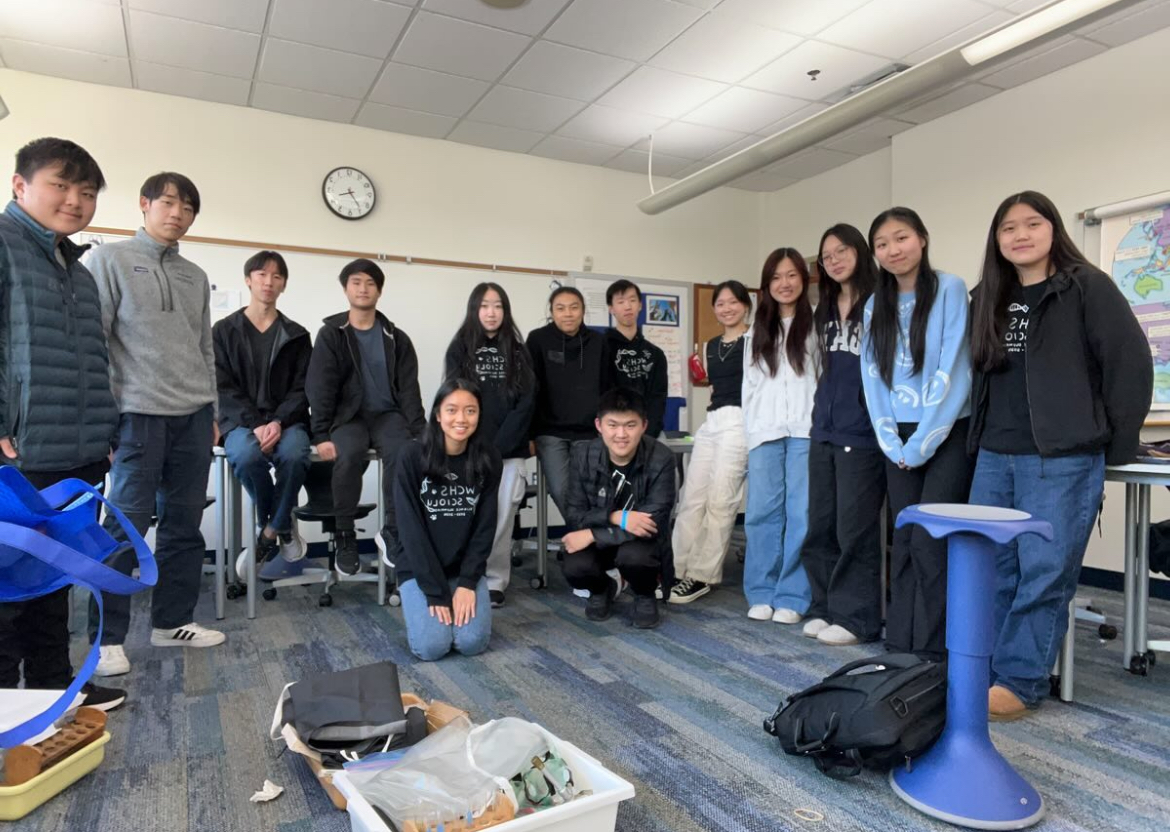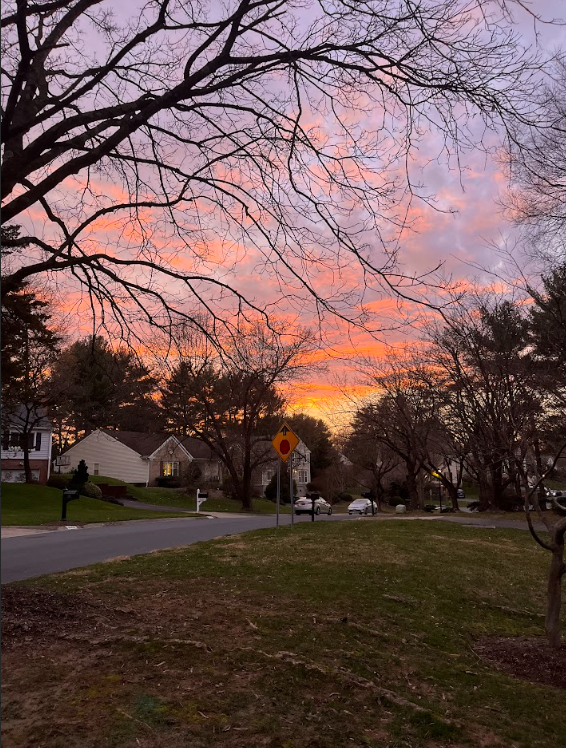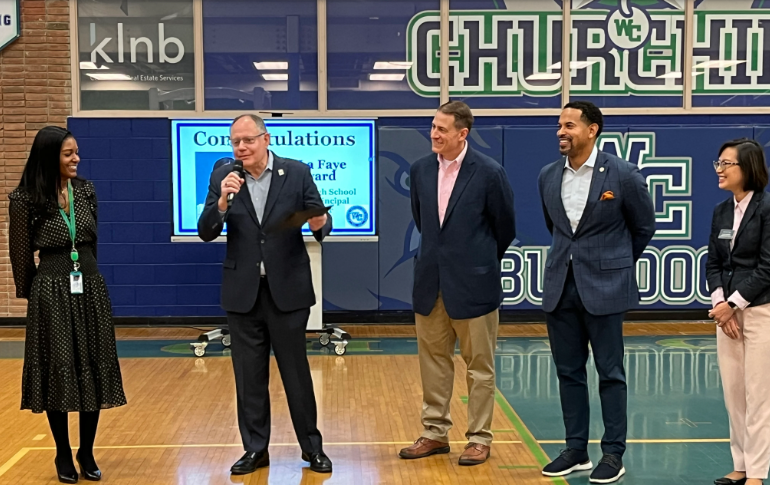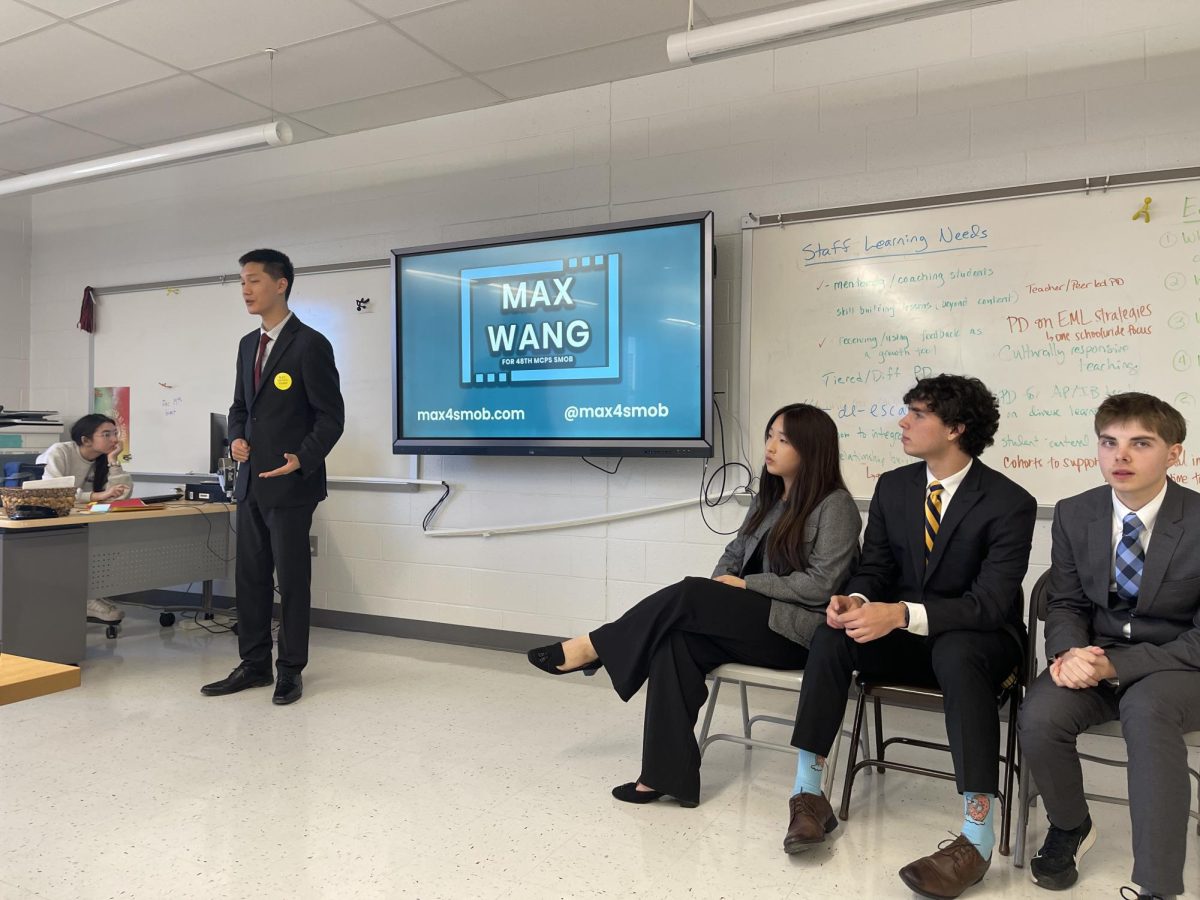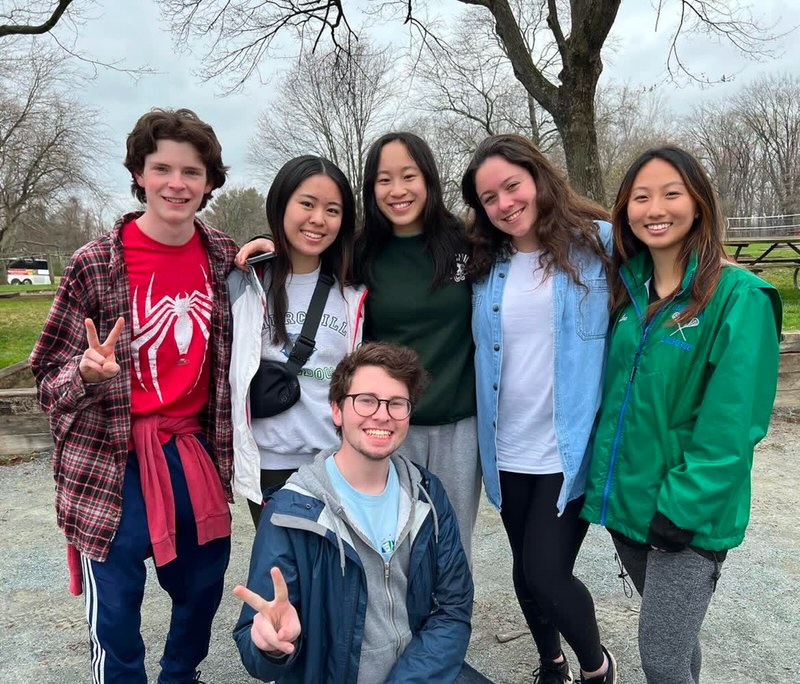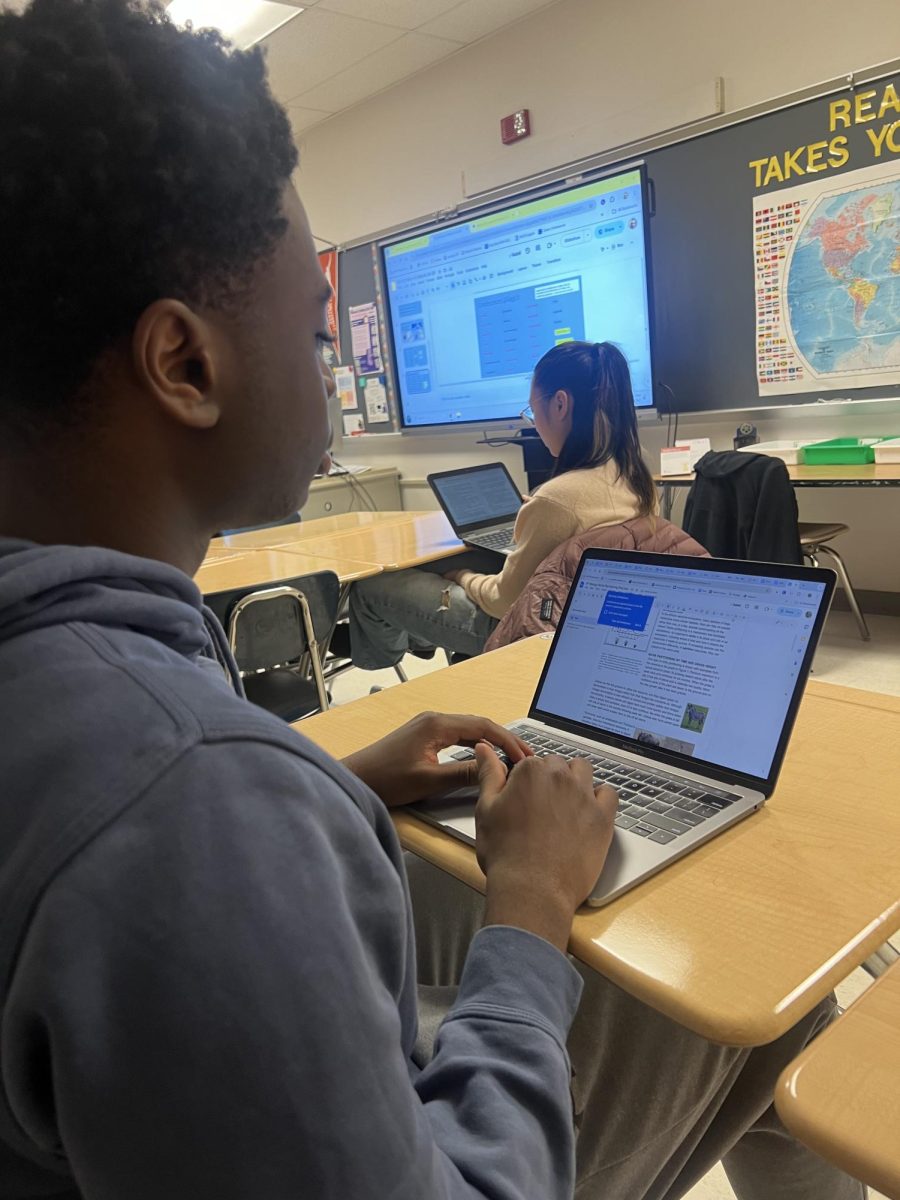On Monday April 22, WCHS students did not wake up and rush to catch the bus; instead they rolled out of bed to learn in the comfort of their own home. Was this a flashback to the COVID-19 pandemic? No, it was an MCPS asynchronous learning day.
The asynchronous learning day, originally supposed to be a planned professional day for teachers, was assigned as a make-up instructional day after MCPS schools closed for several days due to snow. During the asynchronous learning day, students did not engage in any type of teacher instruction but instead learned independently at home through assignments given by teachers the day prior. Students had to complete these assignments to count toward their attendance for the day.
“I enjoyed the flexibility of waking up whenever I wanted and creating my schedule,” WCHS senior Allison Zhang said. “It was a nice break from a regular school day but I still felt productive.”
Although the idea of an unstructured day seems relaxing to some, it is quite the opposite for others. Many WCHS students were frustrated with the amount of work they were assigned, as all classes were required to give out asynchronous assignments.
“Almost no other day of the school year do I have a full assignment in all seven of my classes,” WCHS senior Jaehee Lee said. “It was an unrealistic workload that I did not fully complete with my busy schedule. One of my teachers did not tell the class that they had an asynchronous assignment that was due the next day.”
In addition to poor teacher to student communication, some students found that the day lacked consistency and clarity of expectations from teachers. Without the availability of their teachers, students were left overwhelmed and confused.
“The guidelines for what kind of assignments should be given out should have been more standardized,” Lee said. “Some teachers gave out extremely easy assignments which were essentially busy work, some gave out long assignments due that very night, and some teachers assigned all task assignments that did not follow the May 10 deadline and were instead due the next day.”
Students not only struggled with the organization of asynchronous learning day but also learning itself. Although lack of face-to-face contact is to be expected on an asynchronous day, some students found it especially difficult to maintain focus and motivation without the traditional classroom setting and direct interaction with teachers and peers.
“I did not like the lack of lecture-style learning that is prevalent in some classes such as history,” Lee said. “I like the engaging teaching style in classes, like AP World History and AP French, where we are still actively learning content as opposed to watching videos or reading articles on our own.”
As for the overall opinion on asynchronous learning days, many WCHS students acknowledge the benefits and potential but still think there is a lot of room for improvement which will come with trial and error.
“I think it’s definitely an option to explore in the future as many students including me like the flexibility to decide their own schedule, but only if they are more well-developed,” Zhang said. “They definitely give students a much-needed break from the pressure of school while also maintaining the attitude of learning.”


